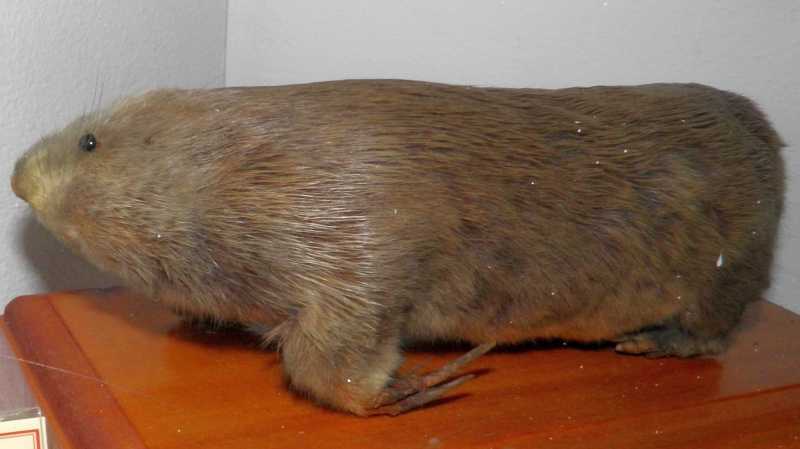Zokor
Among common animals commencing with the letter "Z," the zokor stands out as a subterranean marvel, creating an extensive and complex network of tunnels beneath the ground. Scientifically named Myospalax, the zokor is a rodent with a crucial ecological role in the grasslands and steppes of Central Asia, where it frequently engages in burrowing and foraging activities beneath the surface.
The zokor's appearance is adapted for its subterranean lifestyle. Measuring around 6 to 14 inches (15 to 36 centimeters) in length, excluding its short tail, and weighing up to 2 kilograms, the zokor has a stout body, well-suited for digging, with strong forelimbs equipped with robust claws. Its fur varies in color, typically matching the soil of its habitat, and it possesses tiny eyes and ears, indicative of its primarily subterranean existence.
One of the most remarkable aspects of the zokor's behavior is its burrowing expertise. The zokor constructs an elaborate system of tunnels that can extend for considerable distances beneath the ground. These tunnels serve multiple purposes, providing shelter from predators, maintaining a stable temperature, and offering pathways for foraging.
Zokors are herbivores, feeding on the roots, bulbs, and tubers they encounter while burrowing. Their subterranean lifestyle allows them to access the underground parts of plants, and their incisors are well-adapted for gnawing through plant material. While their diet mainly consists of plant matter, they are known to consume insects occasionally.
Despite their solitary nature, zokors are known for their territorial behavior, with each individual occupying and defending its burrow system. These territorial boundaries are marked using scent glands, and encounters between zokors can result in aggressive interactions.
The zokor's presence in its native ecosystems has both ecological and agricultural implications. On one hand, their burrowing activities can aerate the soil and facilitate nutrient cycling, contributing to the overall health of grassland ecosystems. On the other hand, zokors can be considered agricultural pests due to their foraging habits, which can lead to damage to crops and vegetation.
















